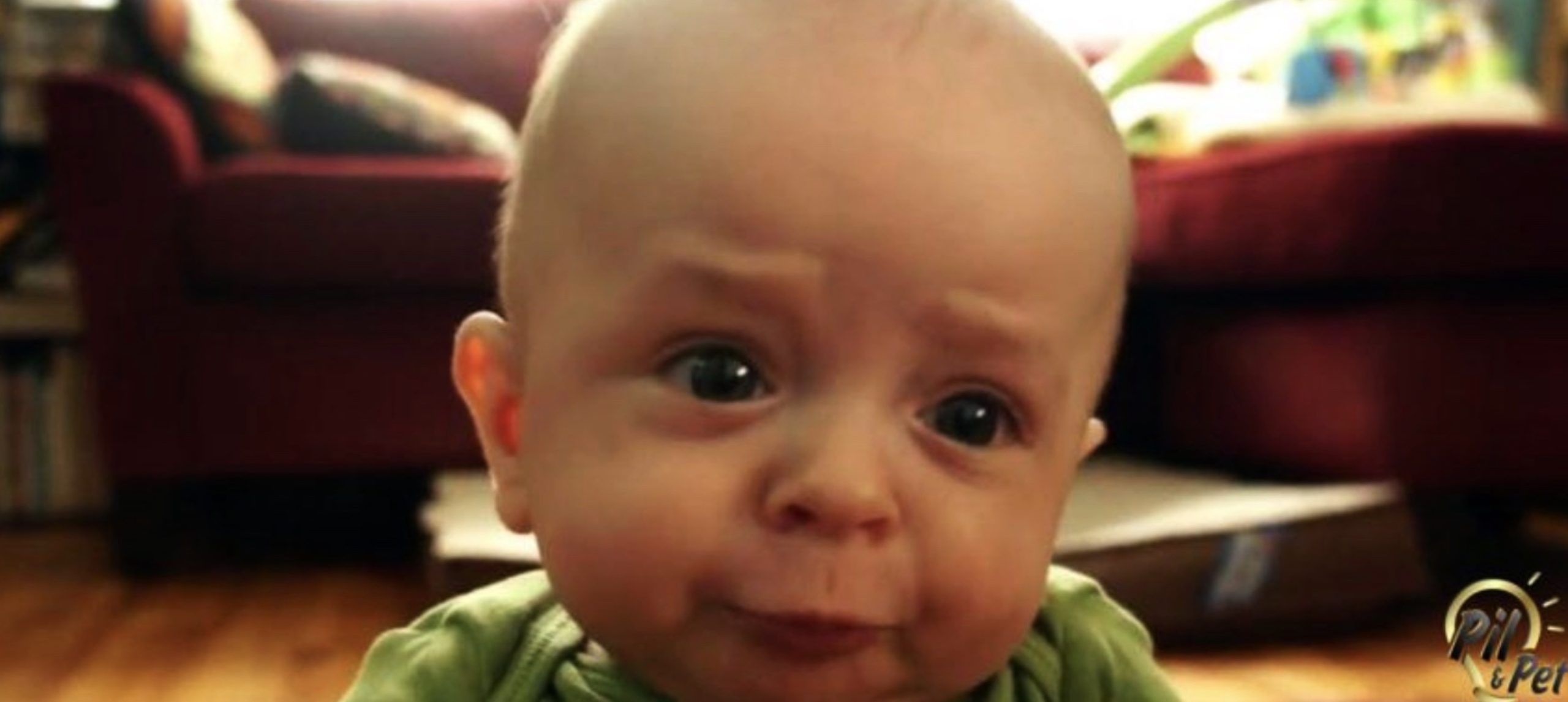For new parents, observing an infant’s unusual jerky movements can be a source of anxiety. These movements, ranging from quivering chins to shaking hands and abrupt jerks of the limbs, are often a normal part of an infant’s development and are usually not a cause for concern. As infants grow, it’s common for them to exhibit these extra movements, which they typically outgrow.
However, it’s crucial for parents to distinguish between normal developmental movements and potential seizures in infants. This article aims to shed light on common causes of infant shaking and when it warrants concern. For instance, in the neonatal stage, the first 28 days after birth, it’s normal for infants to experience jerking movements. These are part of developmental milestones, such as preparing to support their head. In slightly older infants, twitching of wrists and fingers can be a sign of burgeoning fine motor skills.
Infants’ nervous systems are still maturing, which explains the sporadic and uncoordinated movements. As their neurological development progresses, these movements will smooth out. The Moro or startle reflex is a specific involuntary reaction observed when a loud sound or sudden stimulus occurs, causing the infant to spread their arms, legs, and fingers and arch their back momentarily. This reflex is typically seen in infants up to 3 to 6 months old.
